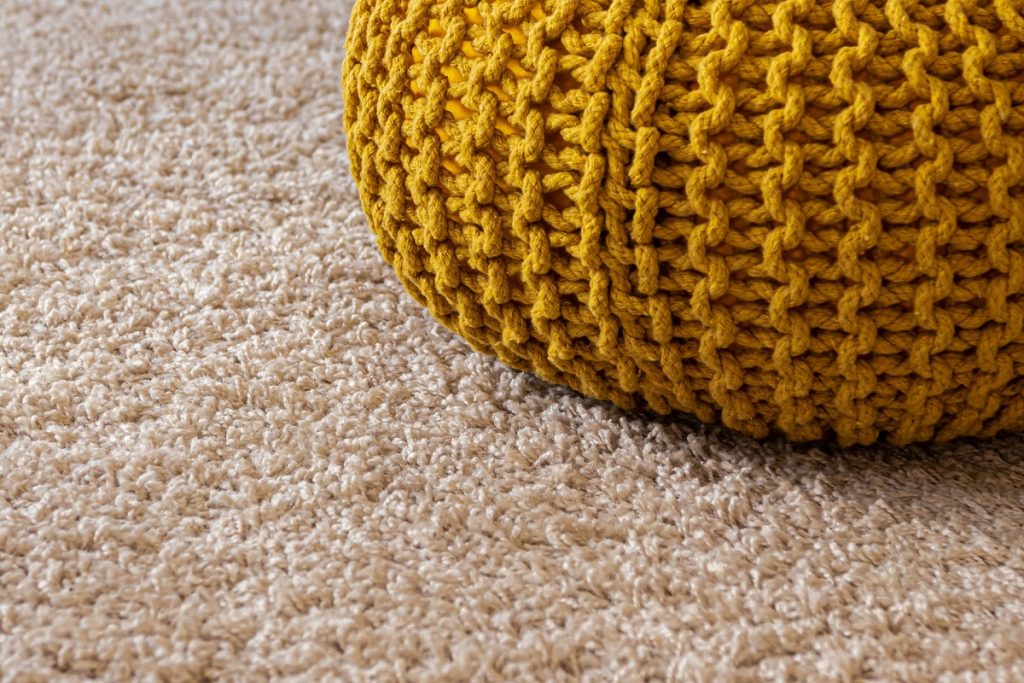When people talk about air pollution, they think of cars, smoke, and industrial wastes. Air pollution outdoors is hard to control. But what about indoor air pollution?
Even if your home is well-kept, your air quality may be as bad as the outdoors. Even if you spend most of your time at home, many factors contribute to bad air quality. Indoor pollution can contribute to worsening allergies and other respiratory problems. Here are tips that will help you and your loved ones breathe clean and fresher air even if you stay at home all day.
1. Keep your home, especially your floors, clean
A clean home is a healthy one. It’s not just about putting things in their right place. Cleaning is a conscious effort.
You can start cleaning your space by sweeping dust or vacuuming floors and other surfaces. Use a vacuum cleaner that comes with a HEPA filter to lessen lead content in your house. HEPA filter vacuums also help remove allergens such as dust mites, chemicals, and pollen.
After the sweep, mop all surfaces. This helps pick up dust and other remnants. Microfiber mops get more dirt and dust, unlike other fibers. They also do not require heavy cleaning materials for maintenance.
Keep dirt out by having a floor mat in every room. Invest in a disinfecting mat where you can wipe your shoes as you enter your home. This reduces the amount of dirt and other pollutants that get enter your home.
Never let dirty footwear touch your clean space. If you’re alone, you can walk around barefoot in your home. But if you have company over, offer room slippers so that all their dirty footwear remains at the entrance.
2. Maintain a healthy level of humidity inside your home
Allergens are attracted to moisture, especially mold and dust mites. You can reduce the chances of these allergens breeding in your home by keeping a healthy level of humidity. Use a dehumidifier to reduce moisture and control allergens. You can also ask a professional to help you with selecting and installing the right air conditioner. Turning on your air conditioning unit during hot summer days can help reduce pollen count and mold for healthier air quality in your home. This will keep you and your loved ones breathing healthy air.
You can also keep your home dry by installing an exhaust fan in your kitchen and bathroom areas. This will take out moisture from your home. Turn it on when you are cooking or bathing. Also, be mindful of watering houseplants, as overwatering may lead to excess moisture. And as much as possible, hang your clothes to dry outdoors.
3. Never smoke indoors
To make your home air quality at healthy levels, never smoke inside your home. Secondhand cigarette smoke accounts for high levels of indoor air pollution. Not only are you harming yourself, but these chemicals can also affect the health of your housemates. Children exposed to secondhand smoke are vulnerable to respiratory issues, cancer, and other related illnesses. The smoker also has a higher chance of getting a stroke, heart attacks, cancer, and other respiratory diseases.
Vapes should not also be used indoors. While these are advertised as healthier alternatives to cigarette smoking, these still emit smoke. Moreover, vapes still have components that contribute to indoor air pollution. If you really cannot quit smoking, at least do it outdoors.
4. Take time to clean your rugs and carpets

Rugs and carpets are not just items that make your room look attractive. They also help filter pollutants in your home. These help trap dust and particles in their fibers; hence, you’ll know that your air quality is not at its healthy levels when you see them looking dirty. Clean your rugs and carpets at least once in two weeks.
5. Sign up for radon testing
Radon is a leading cause of lung cancer. It’s a radioactive gas that moves up from the ground to the corners of your home. It’s hard to see radon with your bare eyes, which is why it is important to have your home checked by professionals. Testing is inexpensive, and it won’t take much of your time. Discovering the presence of radon in your home can help you address the issue.
6. Add more plants indoors
Any room can look more attractive and healthy with the presence of greenery. Aside from emitting oxygen, indoor plants can also collect moisture that prevents mold growth. It can also prevent indoor allergens from spreading.
However, not all plants are the same. Some indoor plants can trigger allergies. Make sure that the plants you take home are safe for kids, pets, and people with respiratory problems.
Keeping your home air quality healthy requires effort. Indoor air pollution is a problem, but it can be addressed. With the right tools and the right actions, you can keep your space free from pollutants.

